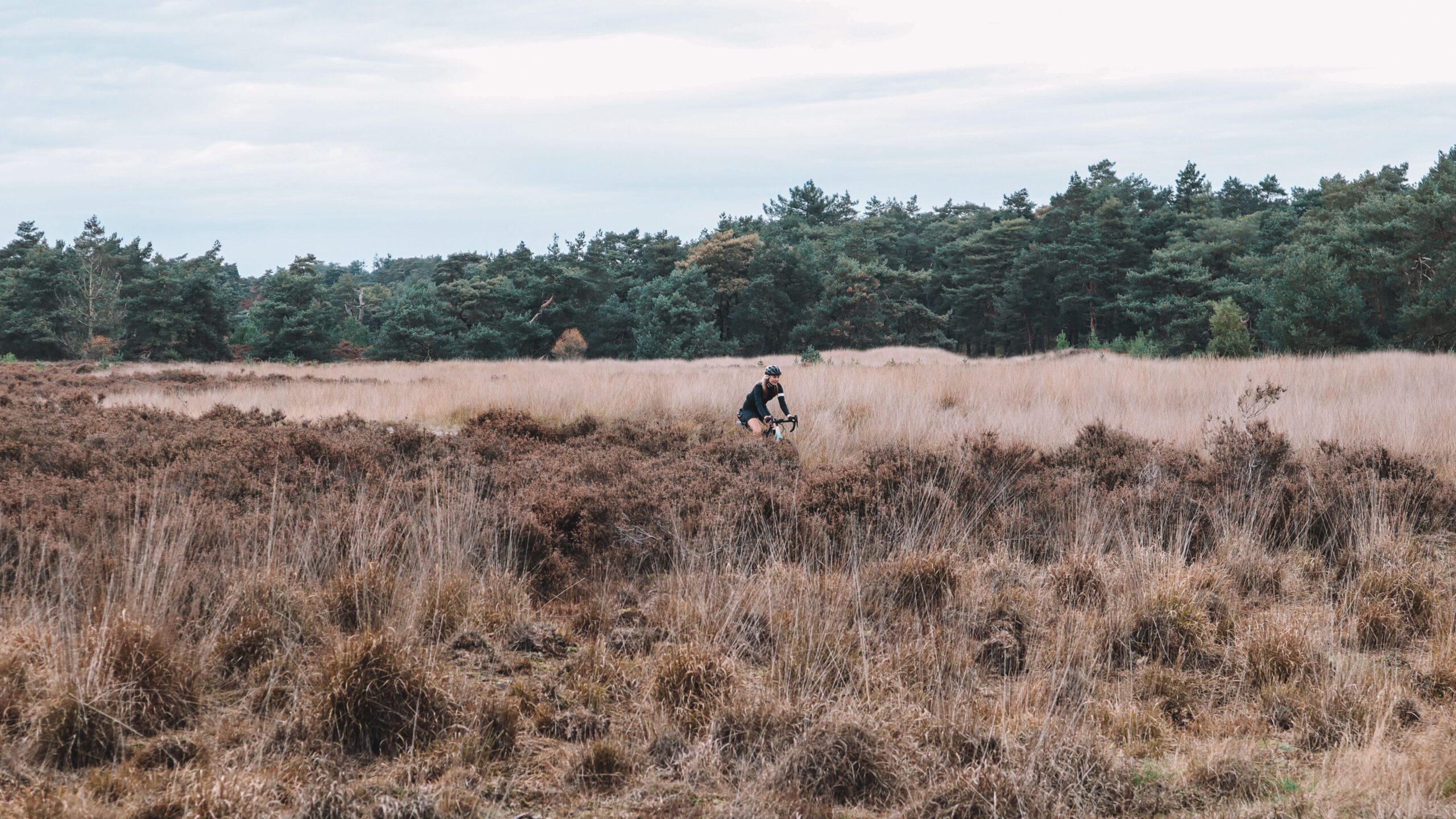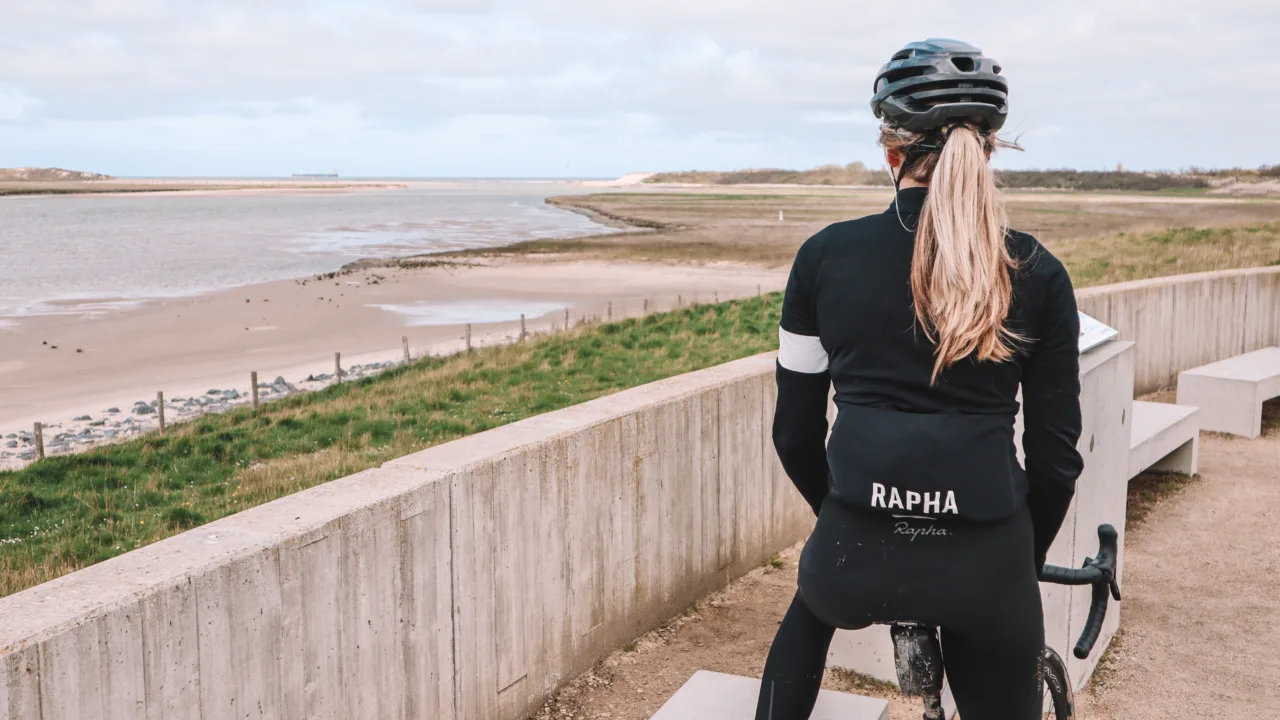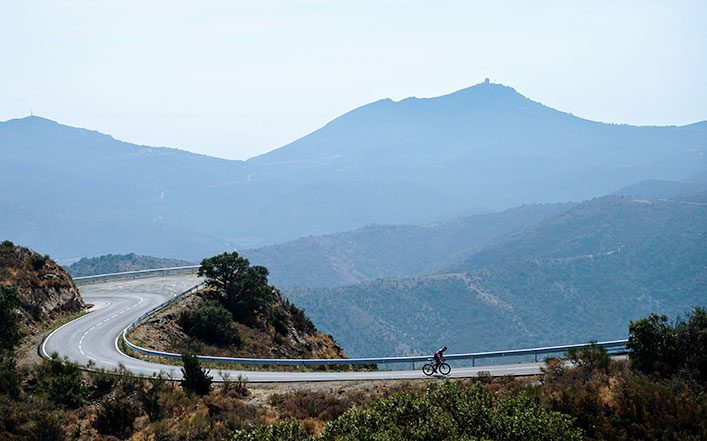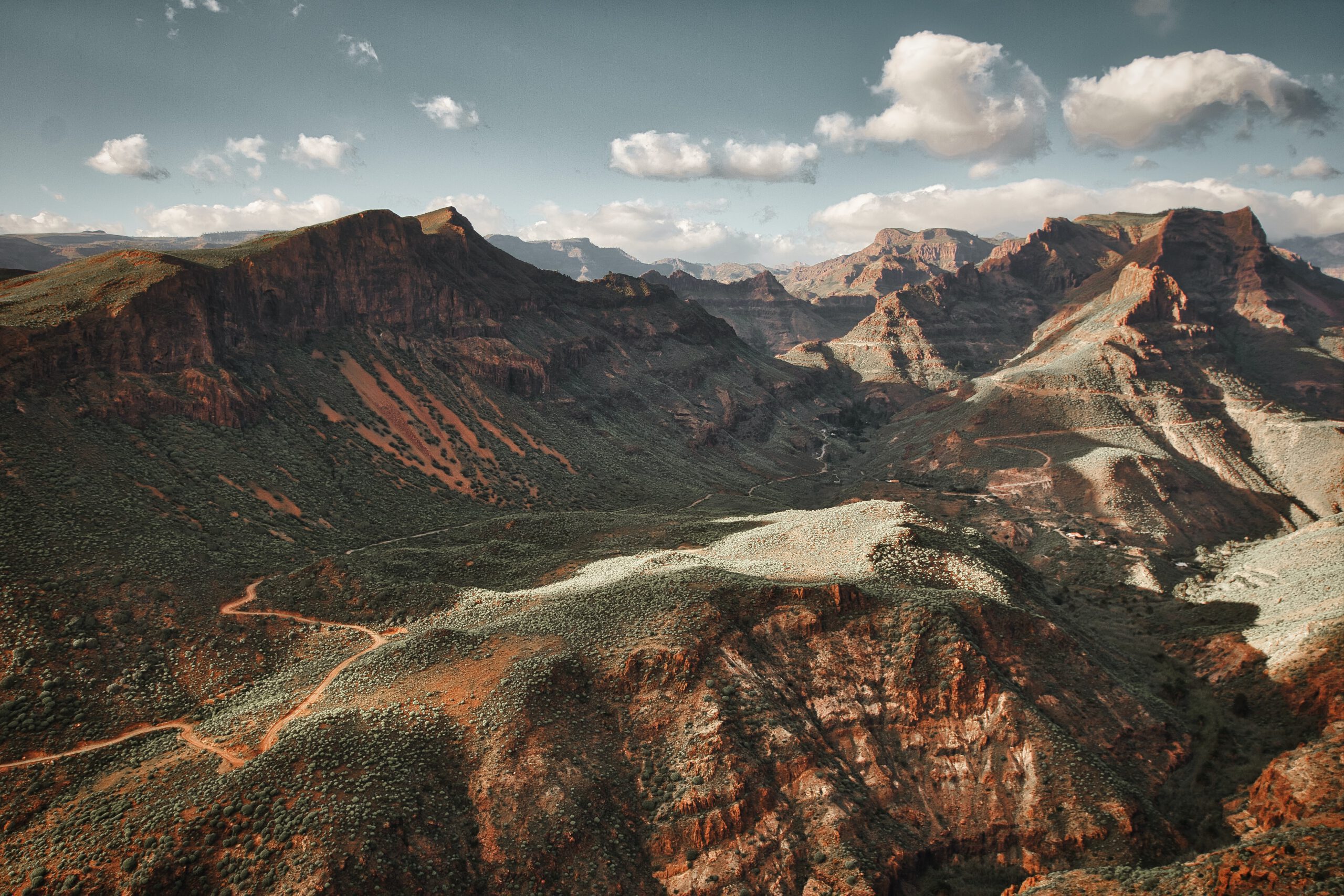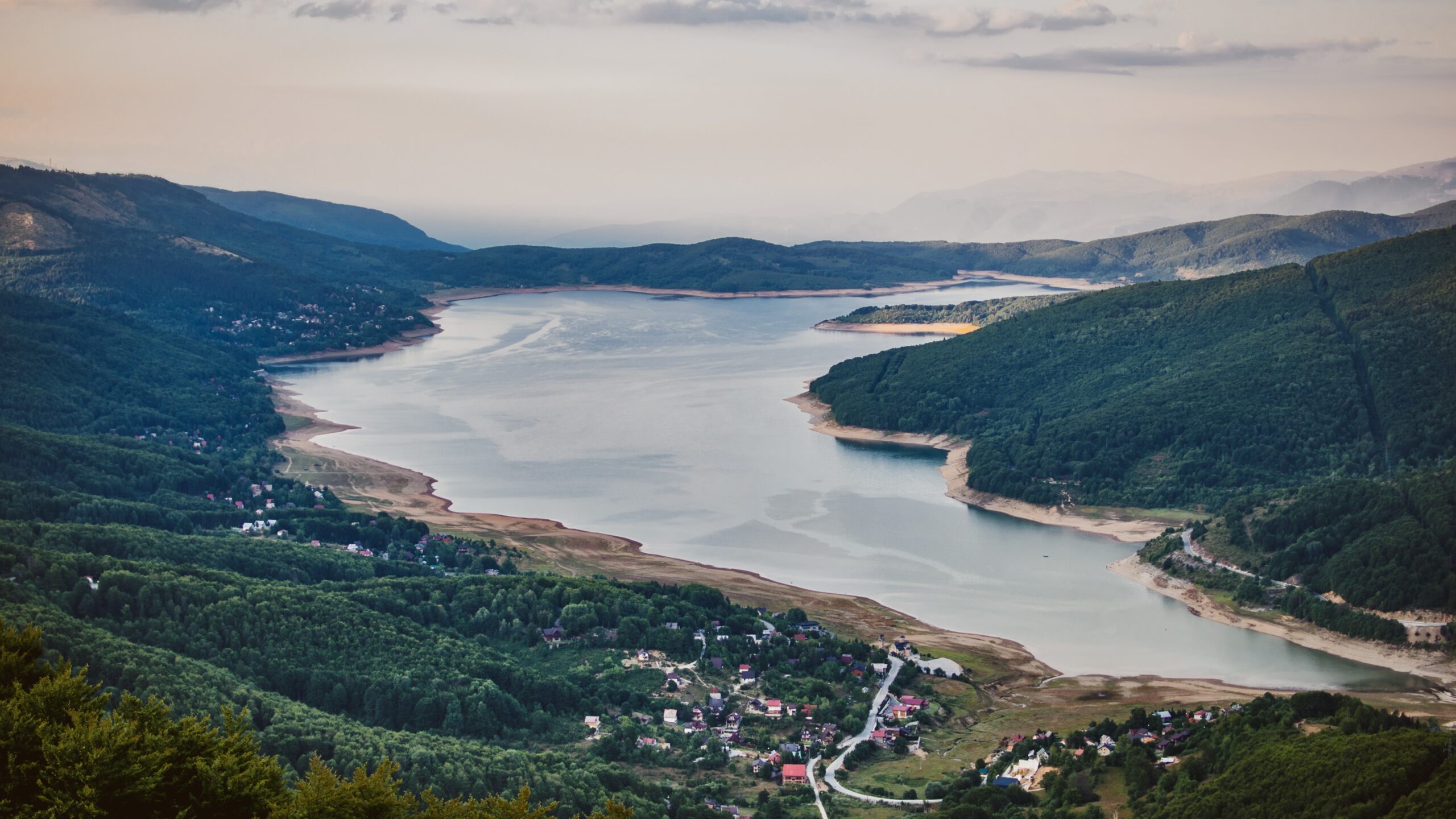It is winter. It is raining and cold in the Netherlands. In other parts of the world, you can still enjoy spring sunshine. Indeed, the southern hemisphere just has summer then. Think Patagonia or soaking up the sun in World Cup 2025 destination Rwanda. For a cycling holiday, there is also plenty of choice in winter. A well-known and accessible destination is Tenerife. This island off the coast of Morocco is especially popular with sporty cyclists and professional teams. Our own Annemieke van Vleuten regularly goes on altitude training on this island. El Teide, the highest mountain and greatest challenge also has something magical about it. In that respect, winter destination Tenerife much more than El Teide.
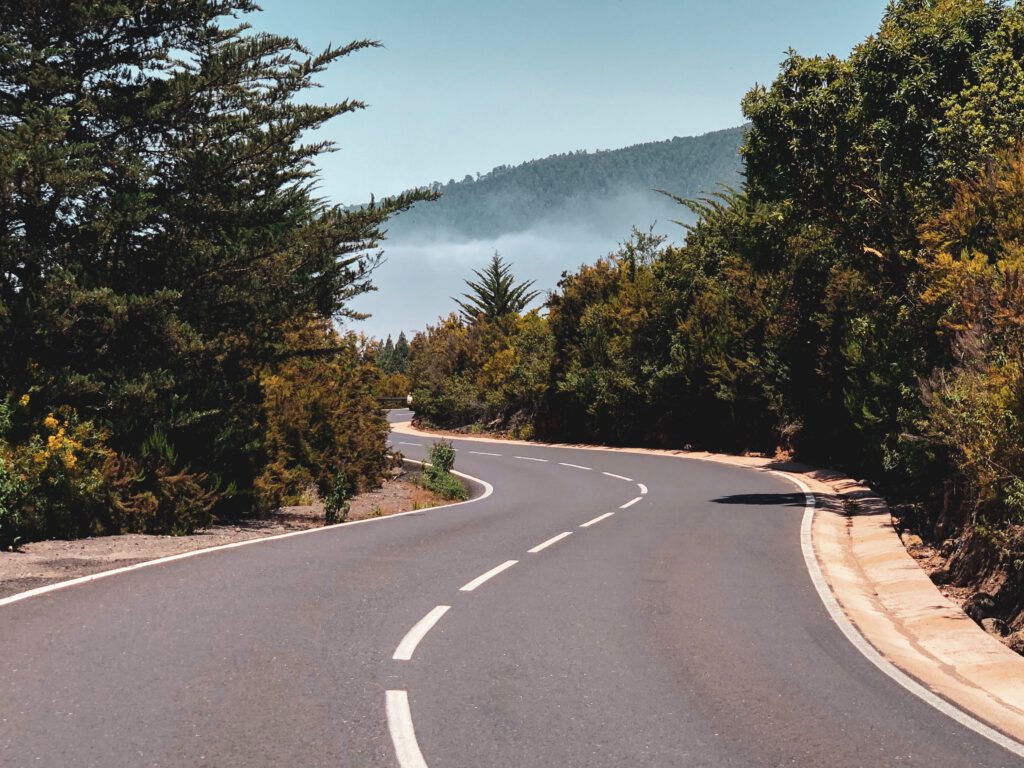
Volcanic island
Tenerife is an island popular with cyclists mainly because of the possibility of climbing El Teide, the volcano. You can't avoid this giant either. At over 3,700 metres, it is Spain's highest mountain, although you won't reach the summit by bike any time soon. That's at just over 2,300 metres. In summer it's lovely and sunny here, but be aware that it can also snow here in winter. The island's climate is different from other islands anyway. Perhaps also because of the volcano, Tenerife has different microclimates. In general, the north is wetter and colder and the south sunnier. As a result, the landscape varies considerably. Certainly in the south it is a bit more barren and bare and in the north it is greener.
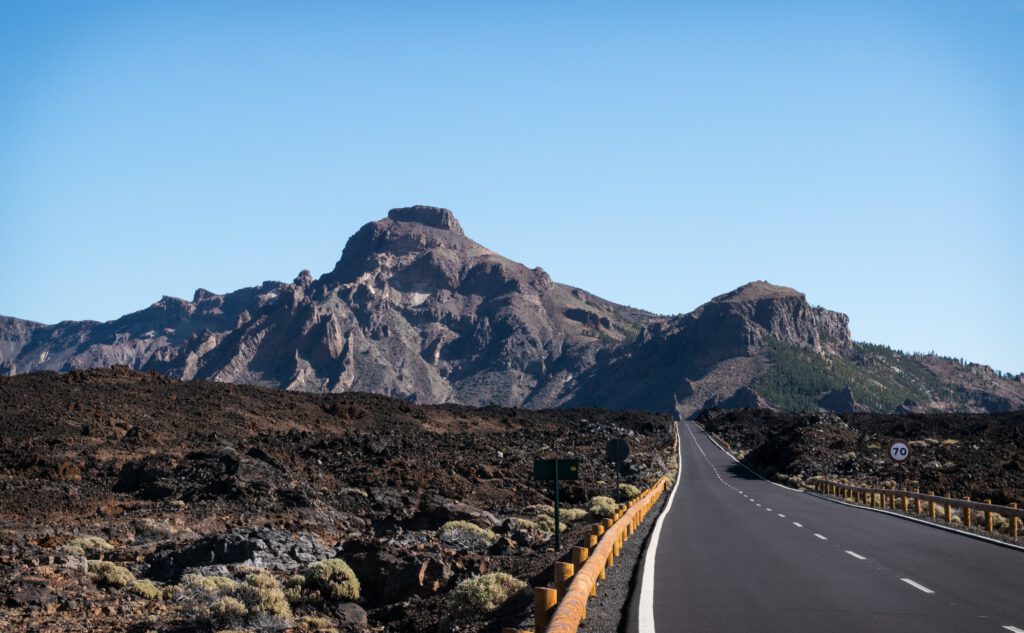
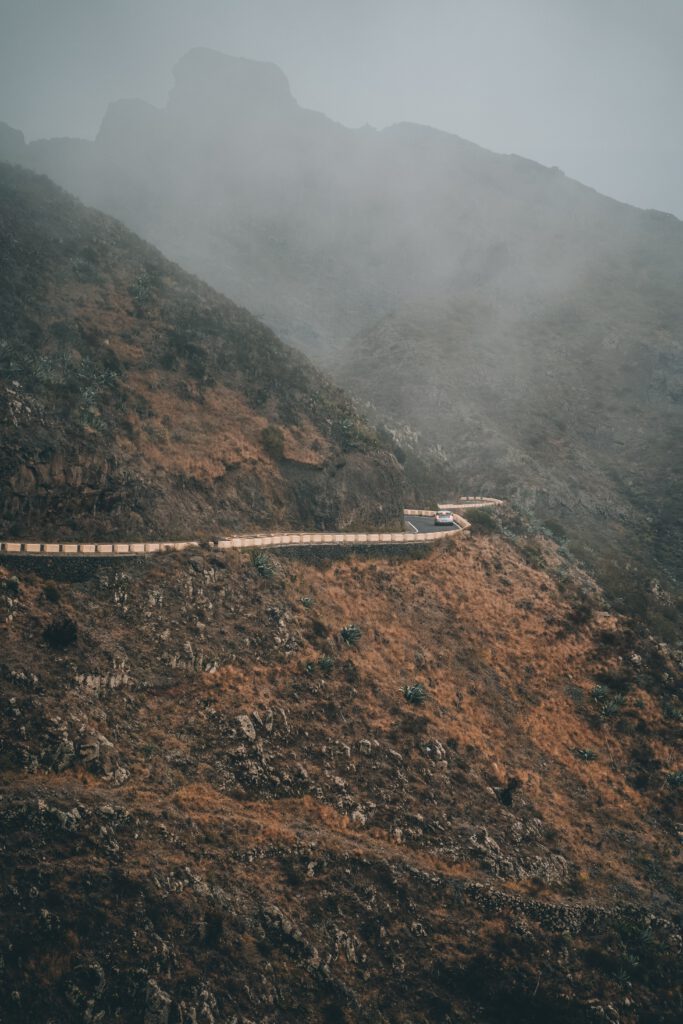

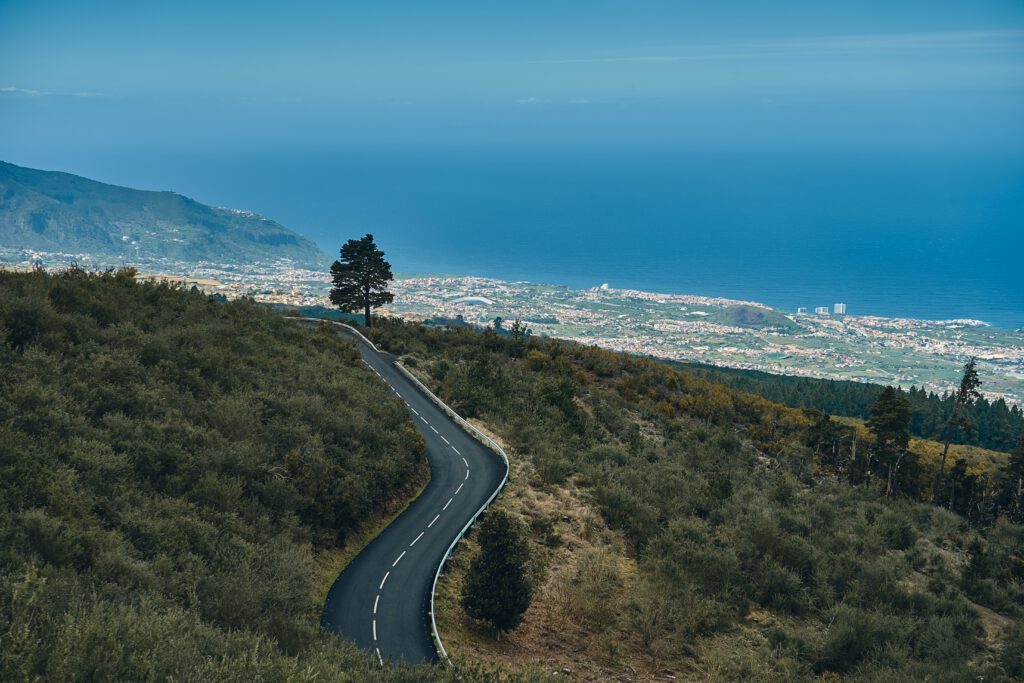
Basecamp Costa Adeje
On the south coast, the town of Costa Adeje is a nice base for a number of routes across the island. This coastal town is relatively close to the airport (Aeropuerto del Sur). Especially in winter, it is better to be in the south. In summer, though, it is very busy here with seaside tourists. Then a spot in the quieter north might be better. But Costa Adeje has many possibilities. You can of course climb El Teide, but also drive a number of routes around El Roque, the Carretera General and along the south coast. Keep in mind, by the way: Tenerife is actually not one metre flat. The motto is climb, climb, climb. Unless you like going back and forth along the coast, but even then you will soon be climbing altitude metres
El Teide
The climb from Costa Adeje to the top of El Teide is one to talk about on the birthday, though. Because when you're climbing for over 30 kilometres. You pick up more than 2,000 altimeters in over 30 kilometres. That's quite a climb and you can easily take a day for this. If you continue all the way to the top, you'll be 45 kilometres away and you'll have picked up over 2,500 altimeters. Pros like to stay on this volcano. It has been sleeping since 1909 (the last eruption) and there is a hotel, El Parador, which is ideally located at altitude.
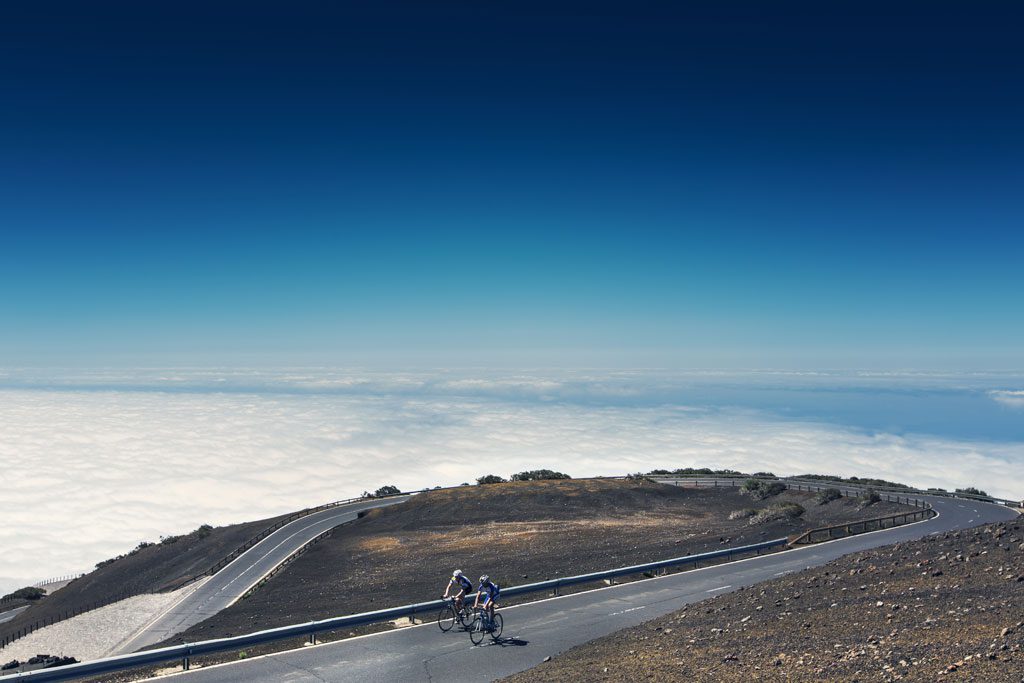
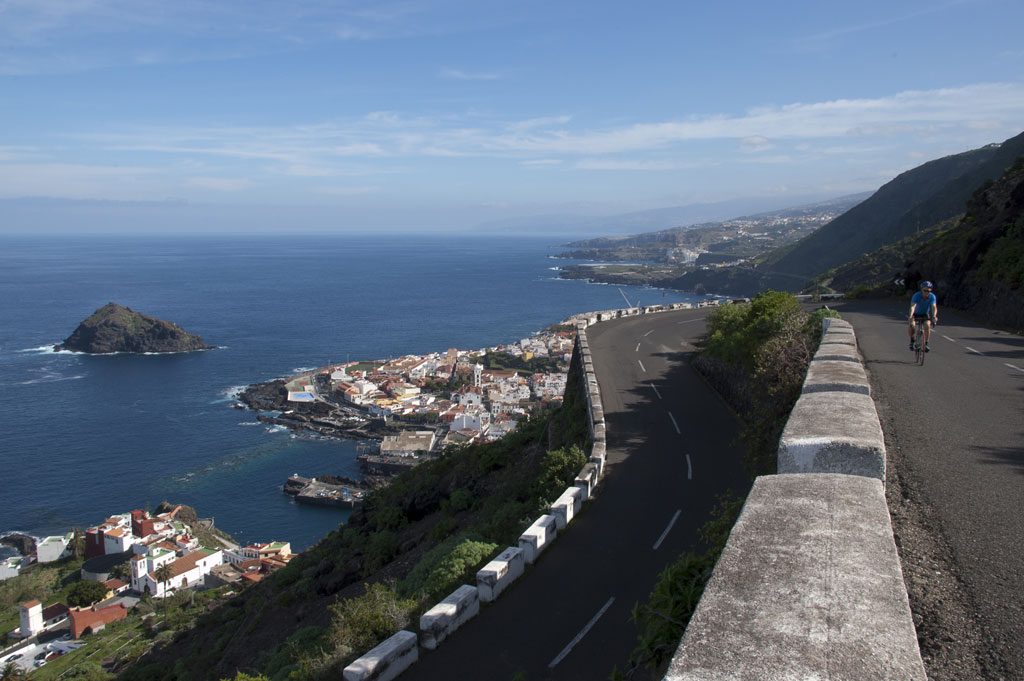
Great Gravel too
That Tenerife is an insane road cycling destination is obvious. But that you can also do some fantastic graveling there, with such a volcanic landscape, that should come as no surprise. You can follow the route of the Granguanche at least the part that runs across Tenerife. If you follow the route, you will ride between Los Cristianos and Santa Cruz right across the island and over the volcano. With 170 kilometres and 4,600 altimeters over gravel paths, this is no mean feat. That it produces insane images, you could have seen at, for example Erwin Sikkens during the 'Audax' variant.
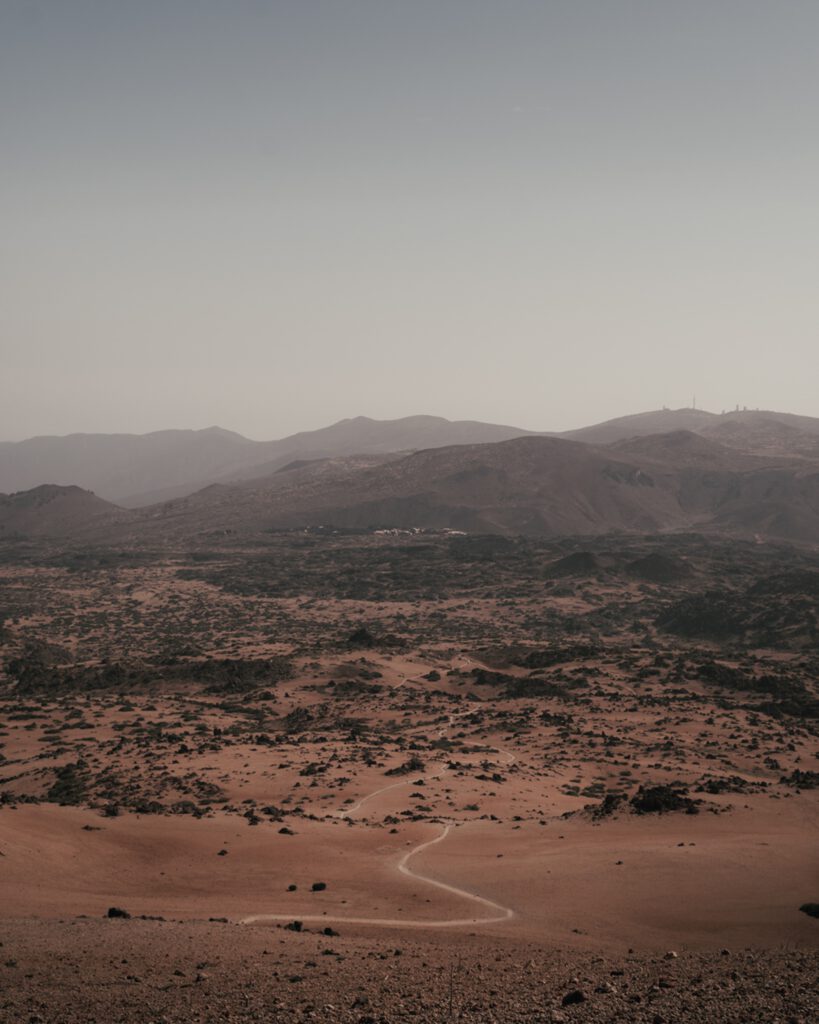
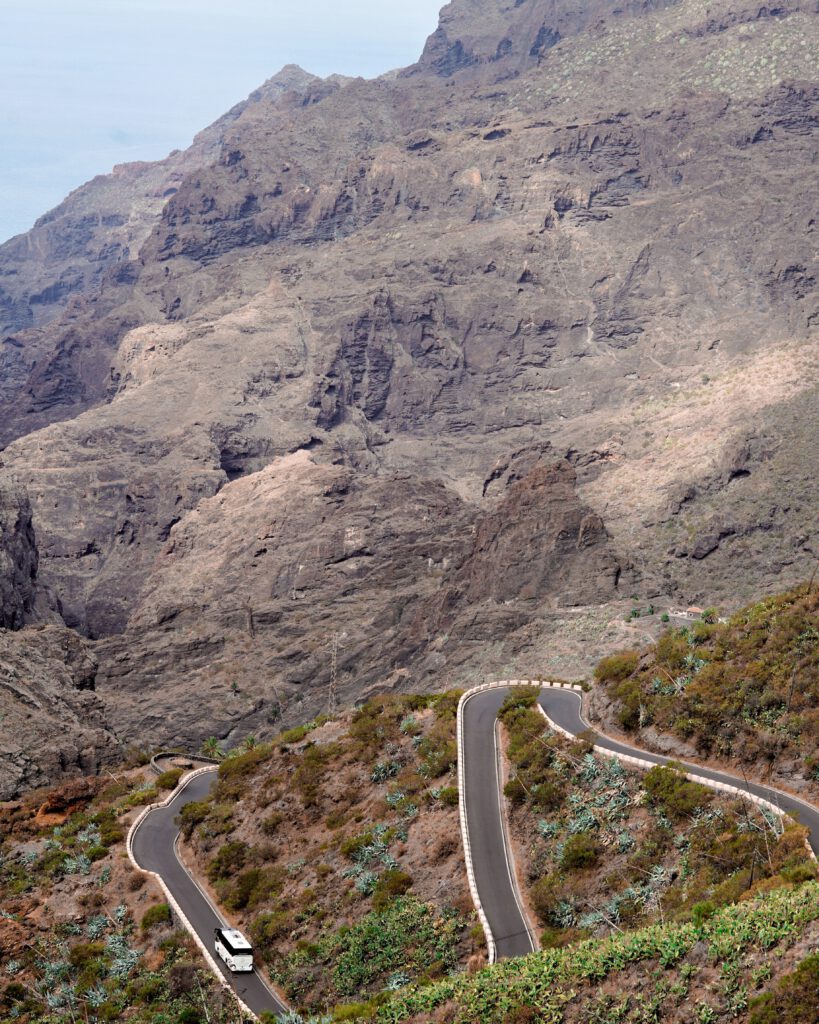
The number of options for cycling only increases with a gravel bike. Also read our tips: Everything you want to know about bikepacking
ROUTES
For routes, check our KOMOOT account. For more tips and tricks, visit the webpage of Tenerife. There are more than enough hotels, guesthouses and bike rental companies on the island to arrange your own adventure to perfection.

